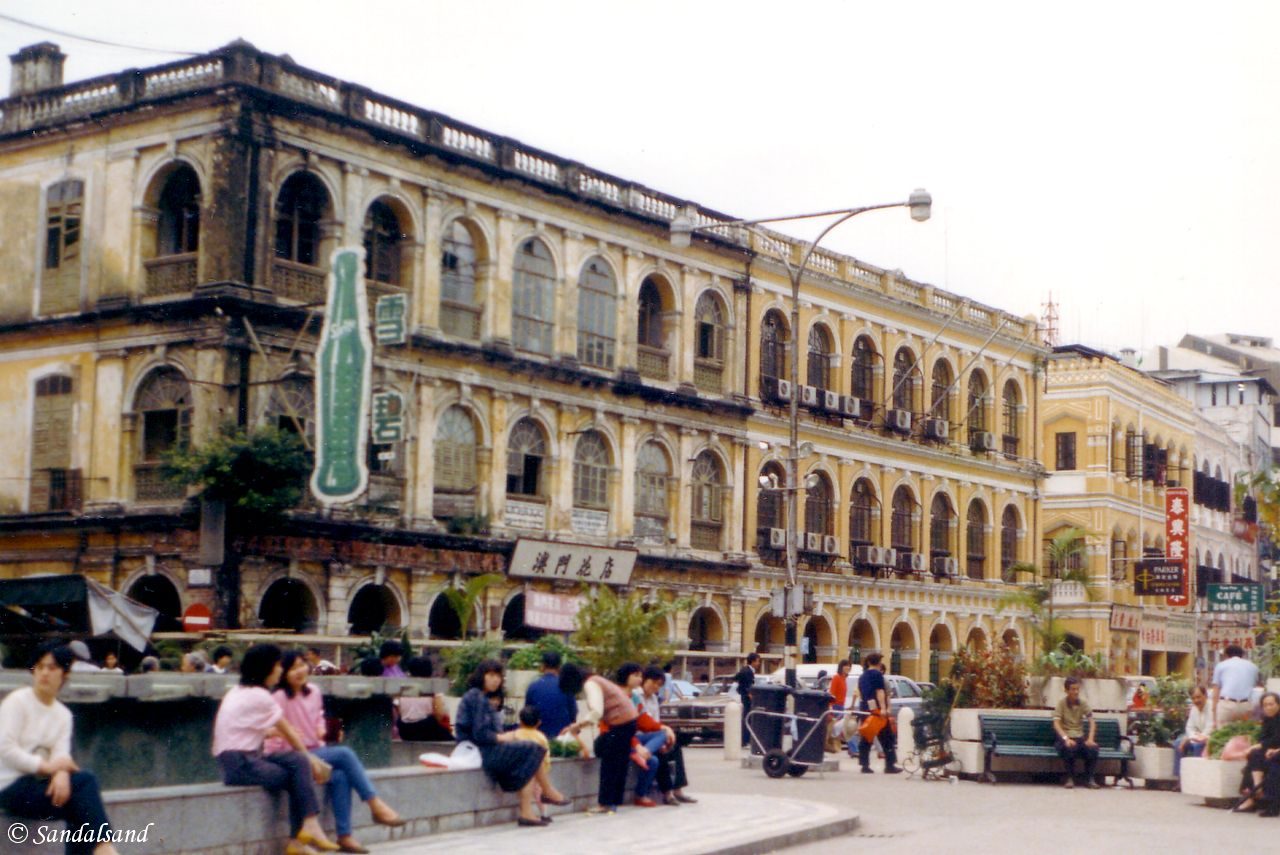Portugal’s architectural legacy stretches from the homeland to Brazil and to Macao (Macau) on the coast of China.
The UNESCO World Heritage List includes over a thousand properties with outstanding universal value. They are all part of the world’s cultural and natural heritage.
Official facts
- Full name of site: Historic Centre of Macao
- Country: China
- Date of Inscription: 2005
- Category: Cultural site
UNESCO’s World Heritage Centre’s short description of site no. 1110:
“Macao, a lucrative port of strategic importance in the development of international trade, was under Portuguese administration from the mid-16th century until 1999, when it came under Chinese sovereignty. With its historic street, residential, religious and public Portuguese and Chinese buildings, the historic centre of Macao provides a unique testimony to the meeting of aesthetic, cultural, architectural and technological influences from East and West.
The site also contains a fortress and a lighthouse, the oldest in China. It bears witness to one of the earliest and longest-lasting encounters between China and the West, based on the vibrancy of international trade.”
My visit
I visited the old Portuguese colony of Macao (Macau) in 1985 before it once again became part of China. I wrote this in my diary and blog:
“Macau, a Portuguese colony from the 16th century, is now about to suffer the same destiny as Hong Kong in 1997. What is most exciting about Macau, and indeed the reason for most visits here, is the playing casinos.
For my part five minutes in each of them was sufficient, just to have a look. The places are however very popular among the Hong Kong people who come over in large numbers to win money.
What in my opinion was most interesting was however the Chinese streets. They are always full of life and people selling and buying all things possible. The old Portuguese buildings which according to my brochures were big sights were in my eyes almost ready to collapse. (Even symbolically, so to speak.)”
In retrospect I conclude that the buildings did not collapse. At least some of them have gone through serious restoration work. My picture above from the central Largo do Senado (Senate Square) is clearly a good example of this if you do a picture search today. Check out the condition of the yellow building. I might add that Macau’s properties even prior to my visit in 1985 had been neglected for many years, as seen on these pictures from 1973. Almost the same motive as mine appears towards the bottom of that linked page.
Browse to the PREVIOUS or NEXT post in this series.


